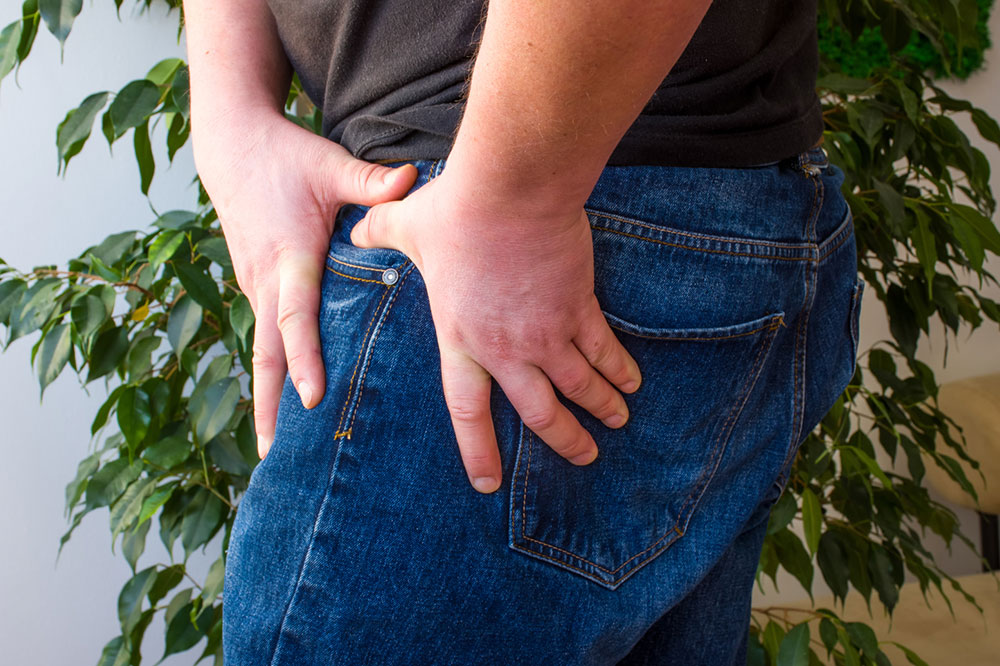Essential Daily Habits That Impact Joint Health and Strategies to Prevent Discomfort
This comprehensive guide explores 16 everyday habits that can harm joint health and offers practical strategies to prevent joint discomfort and arthritis. By understanding how daily routines impact joints, readers can make informed choices to maintain mobility, reduce pain, and support overall joint well-being. The article emphasizes the importance of proper footwear, posture, exercise, sleep, and diet in preserving joint function for a healthier, pain-free life.

Essential Daily Habits That Impact Joint Health and Strategies to Prevent Discomfort
Joint discomfort is a prevalent issue that can significantly impact quality of life. Conditions like arthritis commonly affect the hands, wrists, feet, knees, and back, leading to pain, stiffness, and reduced mobility. While genetic factors play a role, many daily habits often contribute to joint deterioration and increase the risk of developing arthritis or exacerbate existing joint issues. Recognizing these habits and making conscious adjustments can help maintain healthier joints and improve overall mobility.
Wearing high heels
Consistently choosing high-heeled footwear shifts your body’s weight forward onto the balls of your feet and toes. This unnatural distribution increases stress on the knees, ankles, and lower back, which over time can lead to joint degeneration and arthritis. Women who frequently wear high heels may notice joint pain or stiffness, especially in the knees and hips, due to the altered biomechanics. Reducing the frequency of high heel usage or opting for more supportive shoes can significantly decrease joint strain.
Wearing poorly fitted shoes
Ill-fitting shoes—whether too tight, too loose, or lacking proper arch support—can cause misalignment and uneven distribution of weight across joints. This improper fit stresses the knees, hips, ankles, and lower back, contributing to discomfort and progressive joint deterioration. Investing in well-fitted, supportive footwear tailored to your foot shape can prevent many joint problems, offering stability and proper alignment during daily activities.
Neglecting strength training
Building muscle strength through resistance exercises is essential for maintaining joint stability. Strong muscles support bones and joints, reducing the load they endure with daily movements. Incorporating strength training into your fitness routine helps slow down age-related bone loss and decreases the risk of joint injuries. Engaging in exercises like weight lifting, resistance band workouts, or body-weight exercises 2-3 times a week can significantly benefit joint health.
Using improper exercise form
Performing physical activities with incorrect technique can place undue stress on muscles and joints. Over time, this misuse can lead to strains, sprains, and joint inflammation. Learning proper exercise form from qualified trainers and gradually increasing intensity helps prevent injury and ensures that workouts support joint integrity.
Excessive texting habits
Frequent use of smartphones and continuous thumb movement during texting can cause tendon irritation, pain, and stiffness in the thumb joints, commonly known as "texting thumb." Maintaining good ergonomics, taking regular breaks, and limiting prolonged usage can reduce the risk of developing chronic joint issues related to repetitive thumb motions.
Prolonged screen time
Extended hours spent on computers or digital devices often lead to poor posture, neck strain, wrist, elbow, shoulder, and back pain. Poor ergonomics can exacerbate joint discomfort and contribute to chronic issues. Setting up an ergonomic workstation, taking frequent breaks, and practicing shoulder and neck stretches can alleviate strain and promote better joint health.
Carrying heavy loads
Transporting heavy backpacks or bags, especially when poorly balanced, can cause shoulder, neck, and back pain, and affect posture. Carrying weight unevenly or exceeding comfortable limits forces joints to work harder, increasing the likelihood of joint stress and inflammation. Using ergonomic, lightweight bags and practicing proper lifting techniques help protect your joints from damage.
Lack of regular exercise
Inactivity leads to muscle weakness, reduced flexibility, and poor joint support. Incorporating regular stretching, aerobic activity, and low-impact exercises like swimming or walking maintains joint lubrication, improves flexibility, and supports surrounding muscles. Developing a consistent exercise routine reduces stiffness and protects against arthritis progression.
Poor sleep patterns
Irregular or insufficient sleep can trigger systemic inflammation, which may worsen joint pain and stiffness. Sleep is crucial for tissue repair and immune function. Establishing a healthy sleep routine, including maintaining a consistent schedule and creating a restful environment, can help reduce inflammation levels and improve joint comfort.
Sleeping face down
This sleeping position compresses the spine and can exert pressure on sensitive joints, leading to discomfort and potential long-term issues. Sleeping on your back or side with proper support is recommended to minimize joint stress and maintain spinal alignment.
Incorrect posture
Adopting poor posture—like slouching or leaning forward—places unnecessary strain on muscles and joints over time. Chronic poor alignment can lead to joint inflammation and discomfort, especially in the neck, shoulders, and back. Being mindful of posture during daily activities, using ergonomic furniture, and practicing posture correction exercises can prevent joint-related problems.
Using wrong muscles for tasks
Engaging the appropriate muscles during physical tasks—like lifting or bending—is crucial. For instance, lifting with the legs instead of the back reduces undue pressure on spinal and joint structures. Learning proper movement techniques and avoiding overuse of specific muscle groups helps protect joints from unnecessary strain.
Avoiding pain signals
Ignoring early signs of joint pain and discomfort can lead to worsening conditions. Persistent or worsening symptoms should prompt consultation with healthcare professionals. Addressing issues early with appropriate interventions can prevent long-term damage and improve joint function.
Excess caffeine intake
High caffeine consumption may promote inflammation within joints, potentially increasing the risk of arthritis development. Moderating caffeine intake and balancing it with anti-inflammatory foods can support joint health and reduce inflammation.
Eating too much processed food
Processed foods contain additives, preservatives, and high levels of sugar, all of which can promote systemic inflammation and joint pain. Adopting a diet rich in fresh fruits, vegetables, lean proteins, and whole grains helps reduce inflammation and supports joint function.
Gaining excess weight
Carrying extra body weight puts additional stress on weight-bearing joints like the knees, hips, and ankles. This increased strain accelerates cartilage wear and increases arthritis risk. Maintaining a healthy weight through balanced diet and regular exercise is vital for joint preservation and overall health.
Making mindful adjustments to daily habits—such as choosing proper footwear, maintaining good posture, engaging in regular exercise, and adopting healthy sleep and dietary habits—can dramatically improve joint health and reduce the risk of discomfort and arthritis. Prevention is essential, and small consistent changes can lead to a significant impact over time. Taking proactive steps today can help you enjoy a more comfortable, mobile life well into the future.





